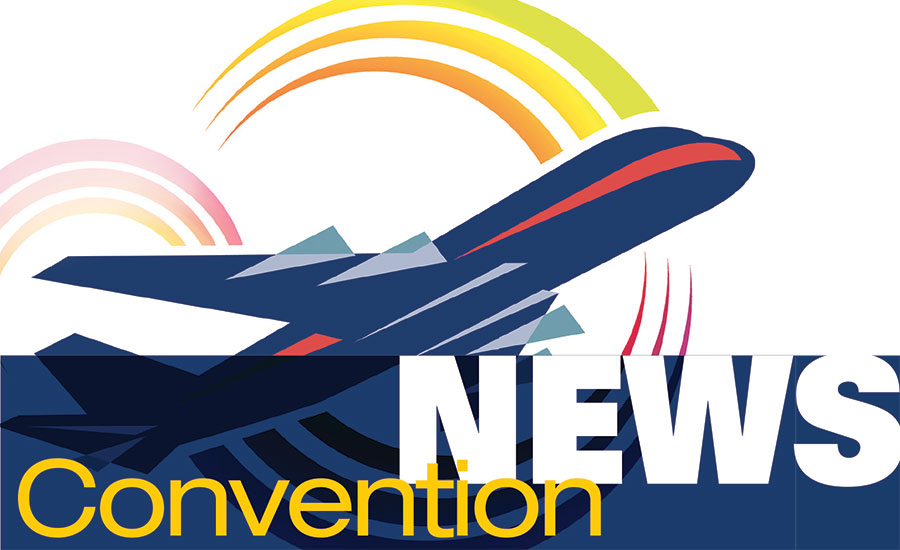A series of 45-minute “lab sessions” on the NSC expo floor cover these topics:
• Risk assessment and your electrical safety program
To do a risk assessment, you need to understand what, in your business, might cause harm to people and decide whether you are doing enough to prevent that harm. Once you have decided that, you need to identify and prioritize putting in place, appropriate and sensible control measures.
Start by:
- identifying what can harm people in your workplace
- identifying who might be harmed and how
- evaluating the risks and deciding on the appropriate controls, taking into account the controls you already have in place
- recording your risk assessment
- reviewing and updating your assessment
You do not necessarily need specific training or qualifications to carry out a risk assessment.
As an employer, however, you must appoint someone competent to help you meet your health and safety duties. A competent person is someone with the necessary skills, knowledge and experience to manage health and safety.
• Giving safety a brand identity
• 61/2 Simple tools to prove value, gain cooperation and save lives
• Humor in safety: From blah, blah, blah to ha, ha, ha
• Safety Contacts: Caught you doing something right
• Electrical Safety Today: Improving your program with better PPE, qualification and measurement
One of the most critical electrical safety risk: An arc flash is an electric arc or an electrical explosion from an arcing fault and is defined as a sustained luminous discharge of electricity across a gap in a circuit or between electrodes which produces both radiant and convective heat with the potential to ignite clothing and burn workers with severe consequences including death.
• Drones for high hazard operations
The FAA expects the number of drones in the U.S. to increase to 30,000 by 2020, fueling what could become a $90 billion industry. The drones used domestically bear little resemblance to the war machines overseas; the drones being flown in the U.S. often look more like toys, and none of them carry weapons.
Unmanned aircraft can be equipped with infrared cameras, allowing responders to identify the heat signature of a body underneath a bank of snow on a mountain or under a pile of rubble in a disaster area.
They can also be flown over land decimated by hurricanes or forest fires to help assess the damage, or through areas dangerous for humans such as a nuclear power plant immediately after a reactor leak or meltdown.
• The mistakes that sometimes get us hurt
• OSHA’s Top 10 Violations
In fiscal year 2014, the most frequently violated OSHA standards were: fall protection, hazard communication, scaffolding, respiratory protection, powered industrial trucks, lockout-tagout, ladders, electrical wiring, machine guarding,and electrical systems design.
• Spot the hazards: Review confined space hazards missed by most safety professionals, and the PPE solutions that meet OSHA requirements



